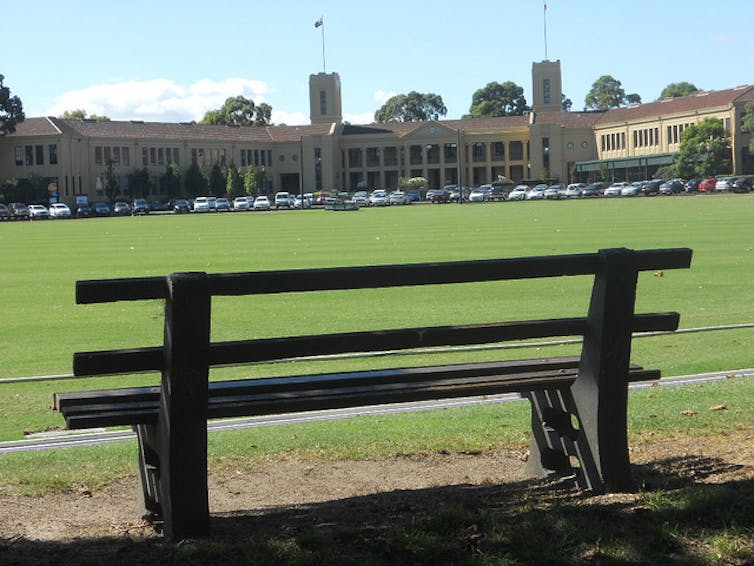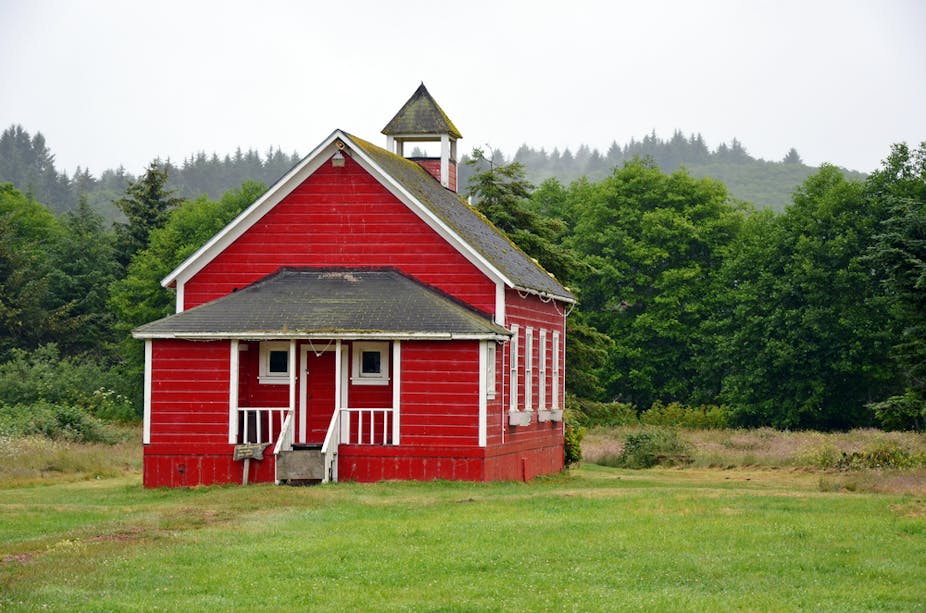There is an ongoing, heated debate surrounding public versus private secondary schools. Most of these debates concern the quality or merit of private and public schools.
My research about parents campaigning for new public schools found the quality or merit of the school is validated in its location. When it comes to the urban public school, the location of the school is exceedingly important for how desirable the school is for middle-class parents.
The geographical importance is not merely related to convenience and proximity (because many strategic middle-class school choosers will move house for a desirable public school). It is more nuanced and complex than that. A suburb in which a school is located lends itself to prestige, status and class.
The statistics
For three years, I studied groups of parents lobbying for brand-new public schools. I wanted to know what made certain public schools more desirable than others; what kind of strategies parents used to acquire enrolment in the desirable schools; and why public education was meaningful and what it symbolised for parents.
This research encompassed interviews, observation and comparative analyses of 15 different suburbs and schools, by income, race and religion.
What came from this analysis is: for the participants in this study, desirable public high schools are located in suburbs with higher levels of income, in comparison to the state median and the surrounding suburbs.
The desirable schools are positioned in suburbs with higher levels of Australian-born residents, in comparison to the surrounding suburbs and on par with the state median.
The desirable public schools are also positioned in suburbs with higher levels of individuals who identify with “No Religion” in the Australian Census. In the desirable suburbs, the percentage of these individuals is higher than the state median and higher than the surrounding suburbs on all counts.
Geography and class
Beyond these statistics, there is another embedded layer to how geography influences and informs school choice. Each of my participants referenced class in the interviews. I did not ask any questions about class or use the actual word, but each interview participant referenced the “middle class” in relation to their own identity.
This reference was always negotiated, imagined and discussed in connection with where they live. Where you live is a crucial marker of your own “class story”. In turn, this directly influences how an individual engages in school choice, but also which school they want for their child. I make this argument in the context of the urban, public school.

Geography is physical – it is around us and under our feet. But it also represents and is emblematic of identity and class. Where an individual lives relates strongly to social standing.
Geography constructs class – that is, social divisions, social separations and social hierarchies. A lesser amount of infrastructure within particular suburbs, such as missing footpaths, a rickety footbridge, or a lack of schools, expresses matters of class – a sense of inferiority or superiority - within a physical space.
The question of convenience
Middle-class parents frequently rely on an argument of convenience. And of course, why shouldn’t they? We are all busy.
However, in my research, I find that problems of distance are always overcome, provided the school is desirable. If the middle-class school chooser can achieve enrolment in a desirable public school, then travel distances will not matter.
For the savvy chooser, there is a strong and significant perceived gap between “good” and “bad” schools. Differences in government funding to schools contribute to this gap.
Indeed, it is not simply the stratification between “good” and “bad” schools - it reaches beyond that to the urban space in which the school is positioned, and how this space is characterised by school choosers.

